Imagine coming home after a long day, ready to cuddle with your furry feline, only to be met with a cold shoulder—or perhaps, a swift swish of the tail before your cat disappears under the bed. It’s a scenario many cat lovers know all too well: the silent, mysterious companion who values their space above all else. Living with a cat who craves emotional distance can sting, especially if you’re eager to bond. But what if this isn’t rejection? What if it’s just your cat’s unique way of showing trust and comfort? Let’s dive deep into the art of peacefully coexisting with a cat who prefers their own bubble—and discover how respect, patience, and subtle gestures can turn even the most aloof feline into a cherished roommate.
Understanding Feline Emotional Needs

Cats are not tiny, furry humans. Their emotional landscape is wired differently, shaped by instinct and centuries of evolution. While some cats are naturally affectionate, others are wired to keep a safe distance, especially if they’ve had negative experiences in the past. Recognizing this is the first step to peaceful cohabitation. Instead of seeing their emotional distance as coldness, try to view it as a sign of independence. It’s not about you—it’s about their comfort. Some cats need extra space simply to feel safe and secure, especially in noisy or unpredictable environments. Remember, their need for emotional distance is not a flaw but a fascinating trait that makes each cat unique.
Respecting Their Personal Space

One of the golden rules for living with a reserved cat is respecting their boundaries. Imagine how you’d feel if someone hovered over you constantly, demanding hugs when you just wanted some alone time. Cats are similar. Give them plenty of options—high perches, cozy hideaways, or a quiet corner behind the couch. Let your cat come to you when they’re ready. If they retreat, don’t chase them; this only builds distrust. Wait patiently, and over time, they’ll learn that their wishes matter to you. It’s a simple act, but it speaks volumes to a cat who values autonomy.
The Importance of Observation

If your cat keeps their distance, pay close attention to their body language. Are their ears forward or flattened? Is their tail twitching, or are they relaxed? These subtle cues tell you when your cat feels threatened, anxious, or at ease. No two cats are identical—some might tolerate gentle petting, while others prefer to be admired from afar. By observing their signals, you’ll understand what makes your cat comfortable and what pushes their boundaries. Over time, you’ll develop a silent dialogue, learning to “listen” even when no words are spoken.
Letting Your Cat Make the First Move
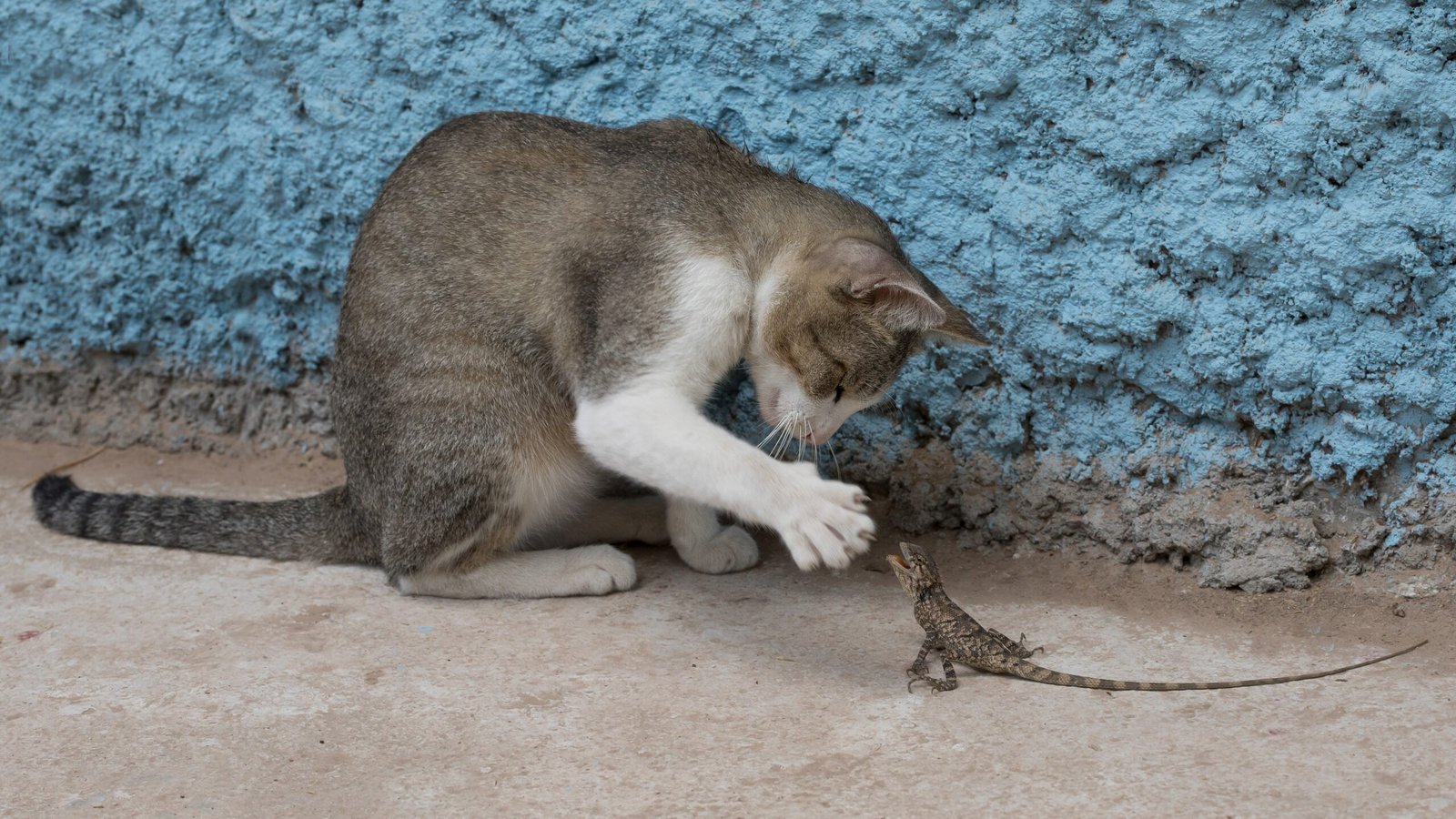
Patience is more than a virtue—it’s a necessity. Cats who crave emotional distance often need to be the ones in control of interactions. Instead of reaching out, sit quietly nearby and let your cat approach you. You might be surprised by how often a cat will sneak up for a sniff or a brief rub against your leg when they know you won’t force anything. These small gestures are their way of checking in. It’s a bit like waiting for a shy friend to open up; when they finally do, it feels all the more special.
Establishing a Predictable Routine
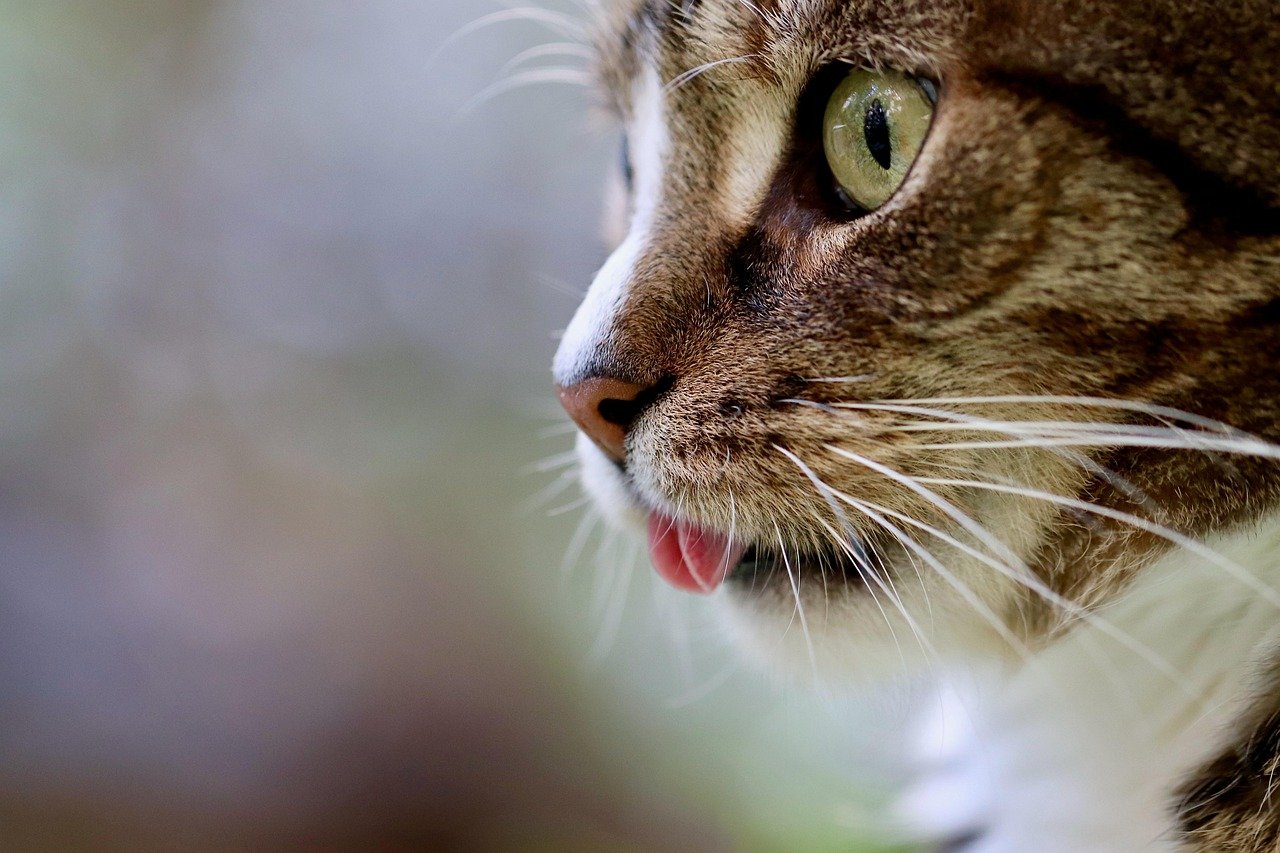
Cats thrive on routine and predictability. For a cat who values emotional distance, a consistent schedule can be comforting. Feed them at the same times each day, clean their litter box regularly, and avoid sudden changes in their environment. When life feels predictable, your cat will feel safer, and their stress levels will drop. With less anxiety, they may even become more open to gentle interactions. Think of routine as the invisible framework that helps shy cats feel at home.
Communicating Through Play

Some cats may not want to snuggle, but almost all cats love to play. Interactive toys like feather wands, laser pointers, or crinkly balls can bridge the emotional gap. Play isn’t just about exercise—it’s a way to connect without touch. Set aside a few minutes each day for playtime. Over time, your cat will associate your presence with fun and positive experiences. Even a reserved cat can’t resist the urge to pounce on a fluttering ribbon.
Recognizing Signs of Stress
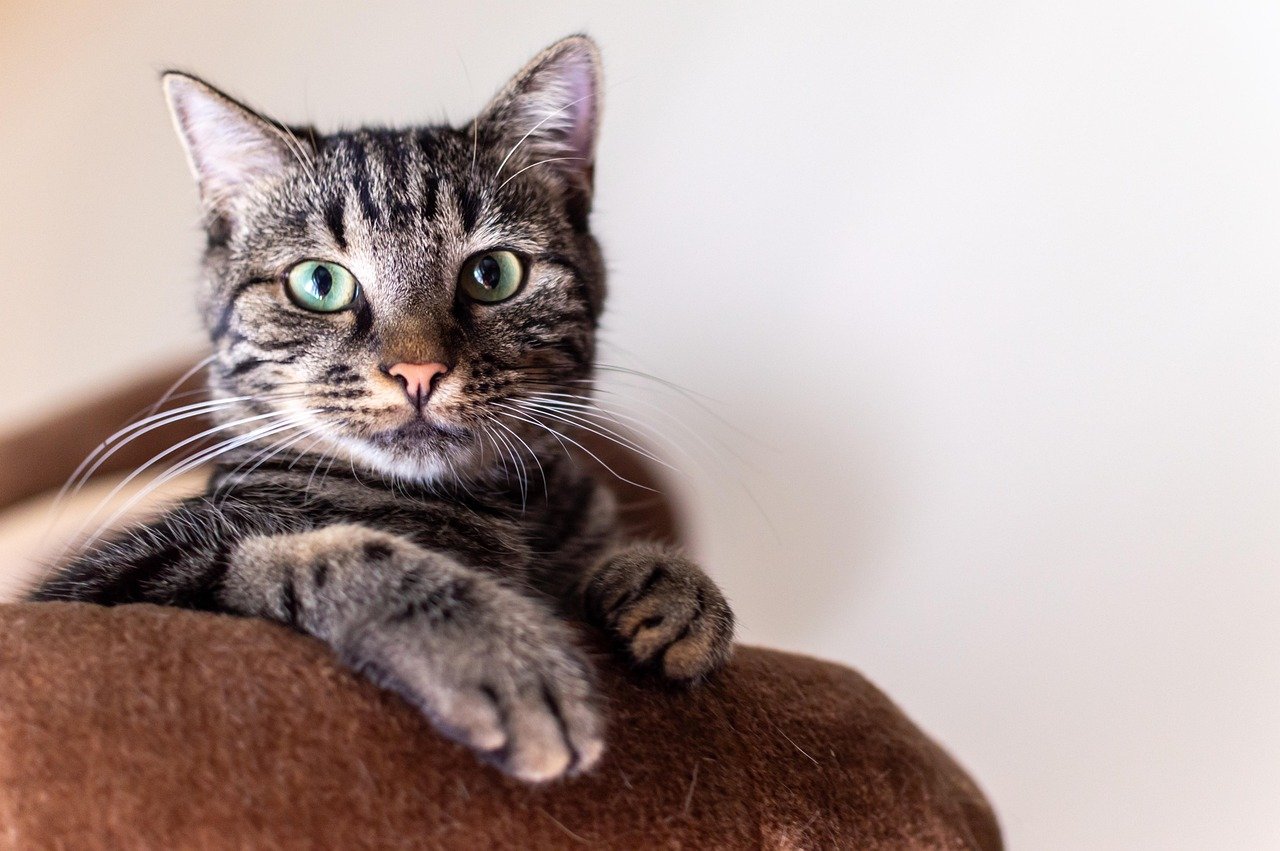
Cats with emotional distance can be especially sensitive to stress. Loud noises, unfamiliar people, or changes in routine might send them into hiding. Look for signs like excessive grooming, loss of appetite, or sudden aggression. If you spot these, try to identify the source and create a calmer environment. Maybe it’s as simple as playing some soft music or moving their bed to a quieter room. When stress is minimized, your cat can relax—and might even warm up to you a little more.
Gentle Affection: Less is More

When your cat finally allows a little affection, keep it gentle and brief. Focus on their favorite spots—usually the cheeks, chin, or base of the ears. Avoid the belly or paws, which can make even the most confident cat feel vulnerable. If they pull away, don’t force it. Every positive interaction, no matter how short, builds trust over time. Think of these moments as small deposits in your “trust bank”—each one counts.
Providing Vertical Territory
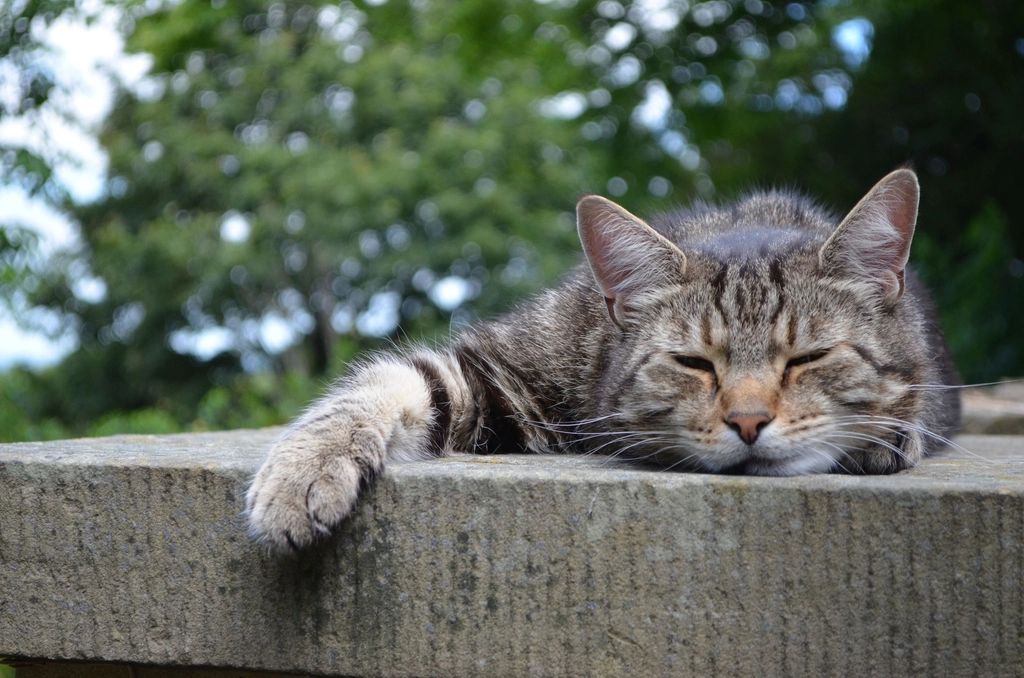
Cats love to observe their world from above. Tall cat trees, shelves, or window perches give your cat a sense of safety and control. From their high vantage point, they can watch you and the world without feeling exposed. For emotionally distant cats, vertical territory is like having a private balcony at a busy party. They can decide when to engage or simply watch from afar, feeling empowered rather than cornered.
Understanding Past Trauma

If your cat’s need for space seems extreme, consider their history. Cats adopted from shelters or rescued from the streets may carry emotional scars. They might associate people with fear or uncertainty. It’s heartbreaking, but with time and patience, even deeply traumatized cats can learn to trust. Go slow, use a gentle voice, and celebrate every tiny milestone. Their journey might be long, but your support can mean the world.
Managing Multi-Pet Households

Living with other pets can be stressful for a cat who already needs space. Make sure each animal has their own territory, food bowls, and litter boxes. Monitor interactions and step in if another pet is crowding your reserved cat. Sometimes, a simple baby gate or separate room can help everyone feel safer. Over time, your cat might start to accept their furry roommates—or at least tolerate their presence from a comfortable distance.
Offering Safe Retreats

Every cat needs a safe place to escape when the world feels overwhelming. For emotionally distant cats, these retreats are essential. A covered cat bed, a cardboard box, or even a closet can become their sanctuary. Make sure these spaces are always accessible, quiet, and free from disturbances. Knowing they have somewhere safe to retreat can help your cat feel more at ease in the rest of the home.
Patience and Consistency

Building trust with a distant cat is a marathon, not a sprint. Don’t expect overnight miracles. Celebrate the small victories—a cat who lounges in the same room, who blinks slowly at you, or who tolerates your presence for longer periods. Consistency is key. Continue your gentle, respectful approach, and your cat will slowly begin to associate you with safety and calm.
Avoiding Overstimulation

Some cats become overwhelmed by too much attention, even when it’s well-intentioned. Pay attention to signs like tail flicking, flattened ears, or sudden swats. These are gentle warnings that your cat has had enough. Give them space before things escalate. Over time, you’ll learn to recognize your cat’s limits and avoid pushing them too far.
Using Positive Reinforcement

Reward your cat for positive behaviors, like approaching you or staying calm during interactions. Offer treats, praise, or a favorite toy as a gentle “thank you.” Positive reinforcement helps your cat make good associations with your presence. It’s a subtle way to encourage more interaction without ever forcing it.
Creating a Calm Environment

The mood of your home matters. Try to keep noise levels low and avoid sudden movements. If possible, play calming music or use pheromone diffusers designed for cats. A peaceful environment helps emotionally distant cats relax and feel safe. The calmer your home, the more likely your cat will venture out of their shell.
Learning the Art of Slow Blinking
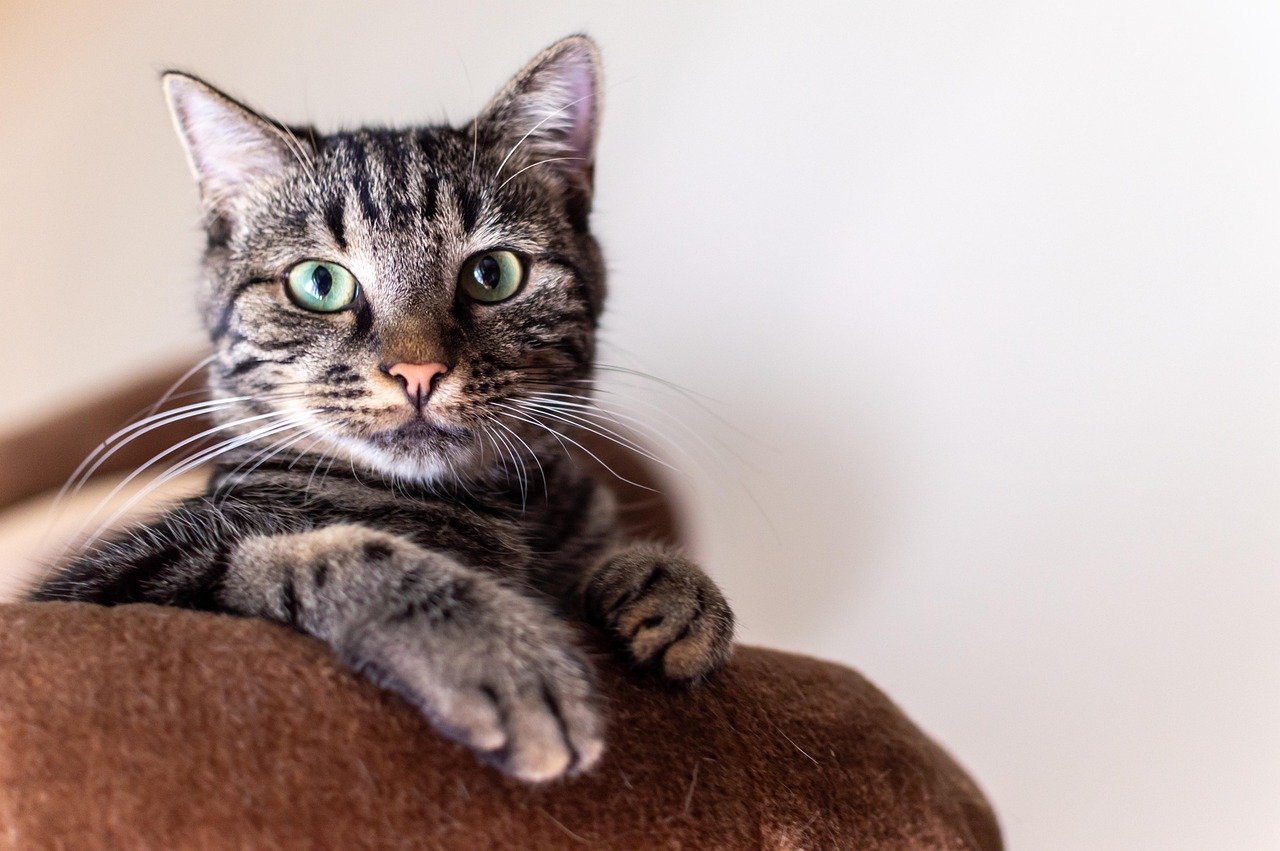
Cats communicate with their eyes as much as they do with their voices. A slow blink is like a feline “I trust you.” Try sitting quietly near your cat and slowly blinking at them. If they return the gesture, it’s a sign of acceptance. It’s a tiny moment, but for emotionally distant cats, it can be deeply meaningful.
Bonding Through Routine Activities
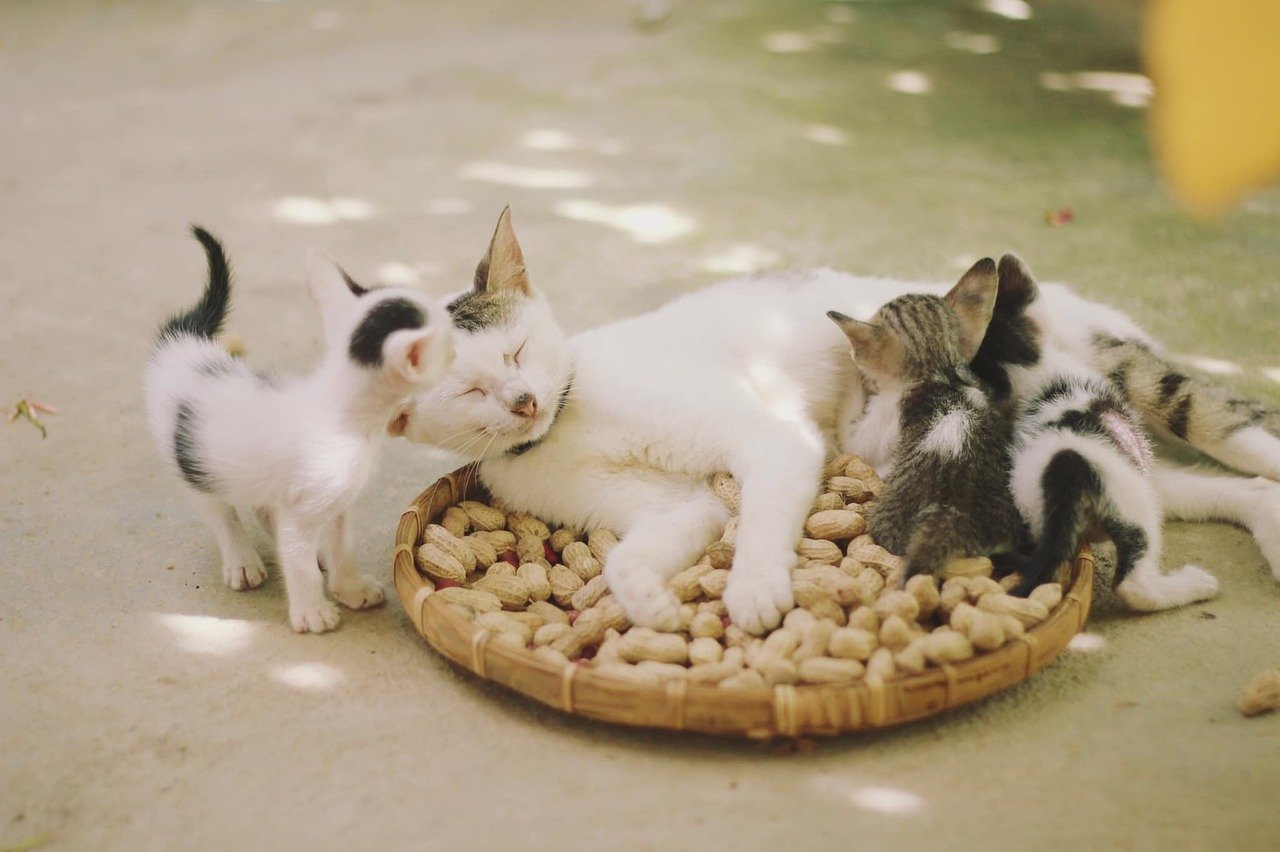
Sometimes, the best way to connect with a distant cat is through simple, everyday routines. Feeding, cleaning the litter box, or even just sitting nearby while you read can create positive associations. Over time, your cat will come to see you as a predictable, non-threatening presence. These shared routines can lay the foundation for a quiet, respectful bond.
Accepting Your Cat’s Unique Personality

Not every cat will become a lap cat, and that’s okay. The beauty of cats lies in their individuality. Embrace your cat’s quirks and celebrate their independence. Instead of wishing they were different, learn to appreciate the subtle ways they show affection—maybe it’s a slow blink, a gentle head bump, or simply choosing to nap in the same room as you. These are their ways of saying, “I trust you.”
Knowing When to Seek Help
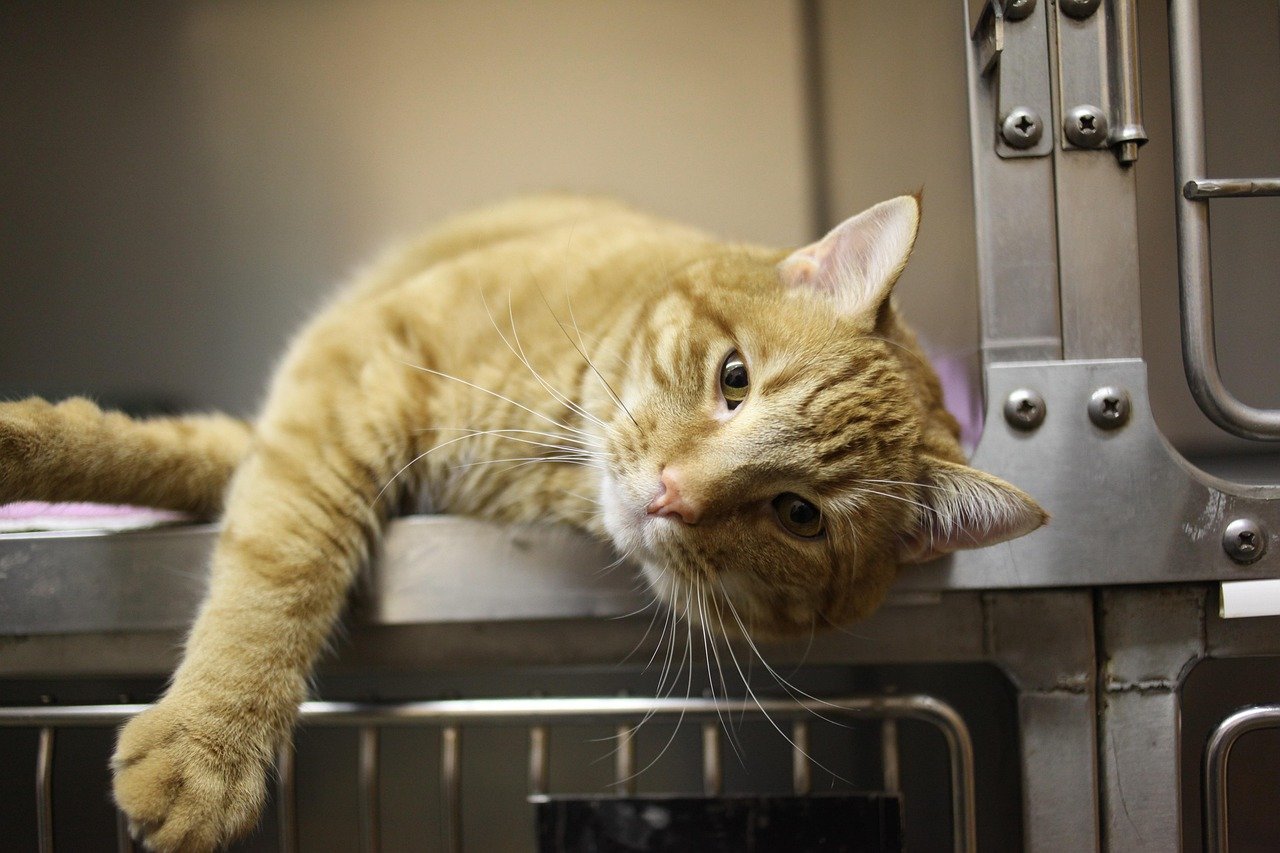
If your cat’s emotional distance comes with aggression, severe anxiety, or sudden changes in behavior, it might be time to consult a veterinarian or feline behaviorist. Sometimes, underlying health issues or trauma require professional guidance. Don’t hesitate to reach out for help—the sooner you address the problem, the sooner your cat can feel safe again.
Celebrating Small Victories
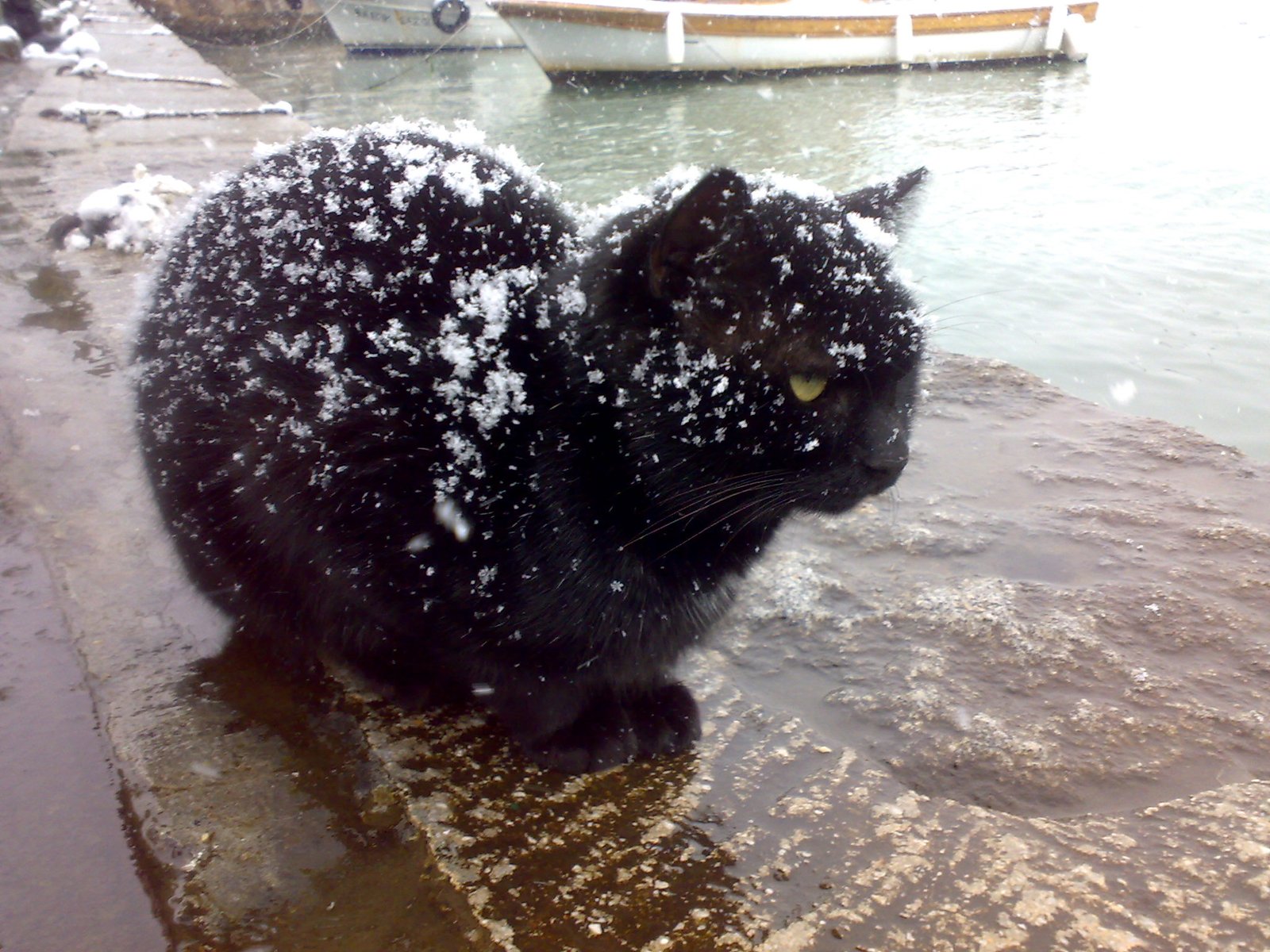
Every step forward with an emotionally distant cat is a triumph. The first time they approach you, the first time they play, or even the first time they blink at you—all of these are signs of growing trust. Celebrate these moments. They might seem small, but they’re monumental in your cat’s world. Each one is proof that, with patience and respect, even the most distant cat can learn to share their space—and maybe even their heart.
Hi, I’m Bola, a passionate writer and creative strategist with a knack for crafting compelling content that educates, inspires, and connects. Over the years, I’ve honed my skills across various writing fields, including content creation, copywriting, online course development, and video scriptwriting.
When I’m not at my desk, you’ll find me exploring new ideas, reading books, or brainstorming creative ways to solve challenges. I believe that words have the power to transform, and I’m here to help you leverage that power for success.
Thanks for stopping by, Keep coming to this website to checkout new articles form me. You’d always love it!





